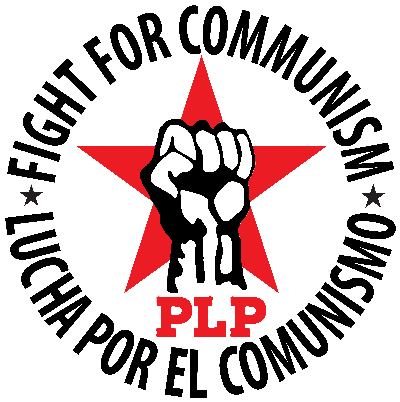In July of 1877, workers in the United States, led by railroad strikers in Pittsburgh, showed the power of a militant, armed working class. That year, the U.S. was shaken by massive rebellions sparked when the railroad bosses cut the rail workers’ wages by 10 percent for the fourth time since 1873. The Panic of 1873 had started a depression that was devastating workers all across the country. That’s capitalism at work. It’s a constant stream of depressions, recessions, wars, climate disasters, and now a worldwide pandemic. Truly we have to get rid of this system that only benefits the capitalists.
With the fourth cut in their wages, workers in major rail centers in 16 of the then 38 states went on strike, first in West Virginia, then spreading through the country like wildfire. In Pittsburgh, the fightback took a new turn. The workers took up arms against the bosses’ troops. The local militia refused to fire upon the workers and even the local cops refused. Many other workers joined the striking and protesting railroad workers. Men from the local militia and even some cops joined the protests.
When the workers in Pittsburgh first struck, they took possession of all the main rail switches leading in and out of Pittsburgh. Rail traffic, except for passenger and mail service, was shut tight. When the Pennsylvania Railroad bosses realized that the Pittsburgh police could not do anything to stop this, and that the militia would not do anything, they decided to bring in “crack” troops from Philadelphia, at the other end of the state of Pennsylvania.
The troops from Philadelphia came to Pittsburgh and within a matter of hours they shot down 20 workers, some at the 28th Street crossing, where thousands of men, women, and children were gathered.
With this, the anger of the working class increased. Thousands of workers from all major industries in the city joined the rail workers and together they formed an army of 4,000 armed workers. This army included white workers, Black workers, and workers from dozens of countries. They were young and old, men and women. They trapped the Philadelphia troops in the locomotive roundhouse and held them there all night. Then by setting the building on fire, they smoked them out and ran them 20 miles out of the city.
For four days afterwards, the working class fought the bosses, controlling many parts of the city. They took over the telegraph station and ran passenger and mail trains. They destroyed over 100 locomotives, about 50 passenger cars and over 1,200 freight cars. They ransacked gun shops and a gun factory for weapons. Eventually, the U.S. government sent over 10,000 state and federal troops to regain control of the city.
This strike and insurrection led to more militant strikes that won some reforms for workers. In particular, by the end of the 19th century many workers had won the eight hour day, instead of working 10 to 12 hours six days a week. Yet here we are in 2021 and many workers are again working long hours for little pay. And racism, sexism, wars for profit, gross inequality and now a worldwide pandemic ravage the world. We have to keep fighting.
In Progressive Labor Party (PLP), we say that what the working class needs to rid ourselves of this bosses’ system is revolution. The PLP marched in Pittsburgh on July 23, 1977, the 100th anniversary of the Pittsburgh Commune. We did so not only to commemorate that valiant struggle, but to tell the workers of Pittsburgh that what they did in 1877 must be done again and again and again, until the bosses and their system of death is destroyed, and a system of communism is built.
Next time, we must not stop at taking a few of the bosses’ cities, but we must fight to smash their whole damn system and establish communism—a society run by and for the working class.J
Sources:Challenge-Desafio, May 19, 1977, p. 5; Walter Linder, “The National Railroad Strikes of 1877,’ 3 parts. SOC Newsletter; PLP, The Pittsburgh Insurrection and Railroad Strike of 1877, June 1977. This booklet has a bibliography of 17 entries.

